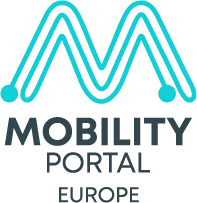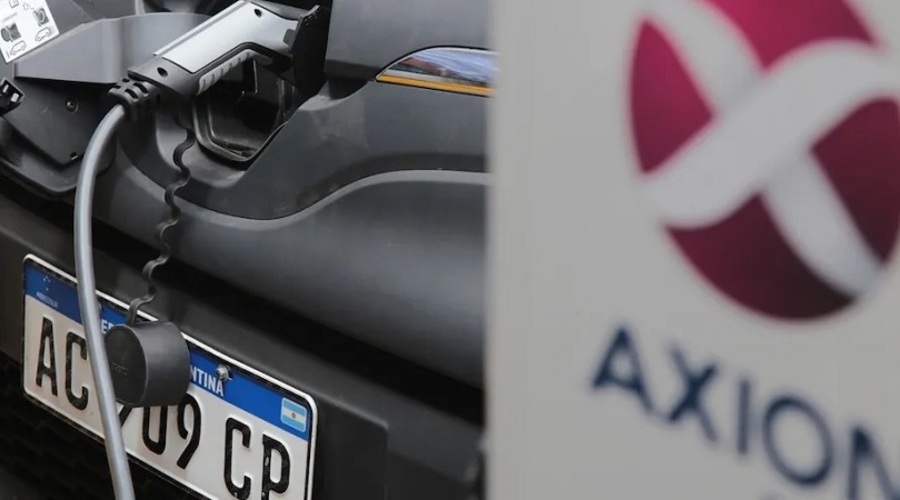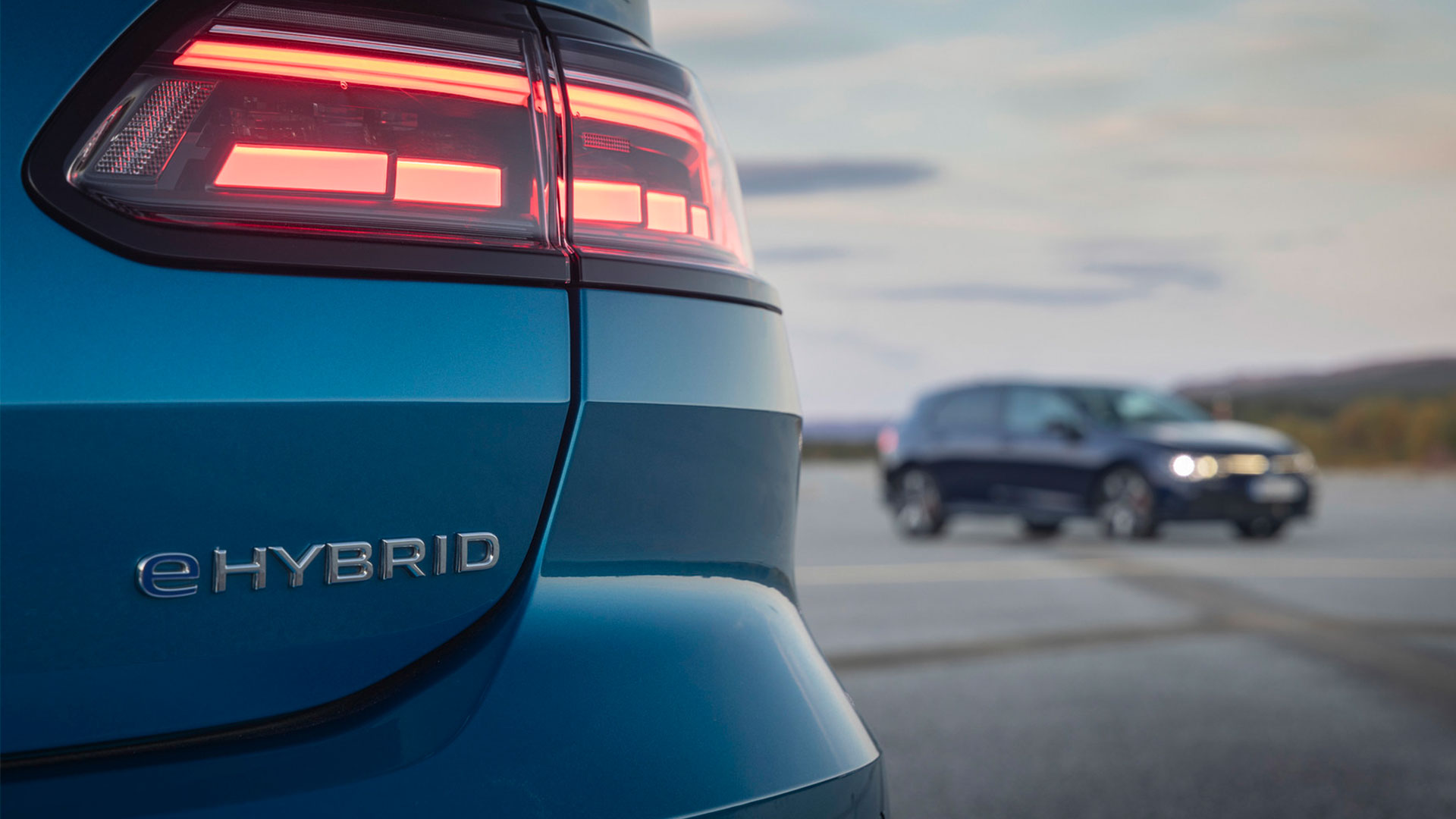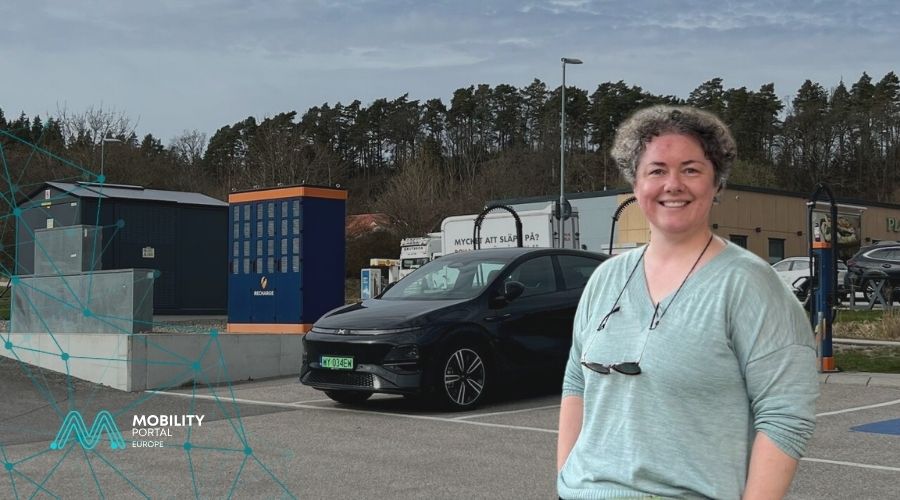The Argentine government has confirmed the removal of the 35% import tariff on electric and hybrid vehicles, permitting up to 50,000 units per year for a five-year period.
Vehicles eligible under this scheme must meet specific technical requirements, such as weighing over 400 kg (excluding the battery), having a minimum power output of 15 kW and a range exceeding 80 km.
The quota distribution will be as follows:
- 25,000 units allocated to companies with production plants established in Argentina.
- 25,000 units for importers without local manufacturing.
Allocation will be based on the date of vehicle nationalisation and the lowest price offered by the bidding companies.
“Anything that helps reduce costs for products that could be attractive to consumers is welcome. Obviously, this is half the business of the automakers and the other half for importers,” said Alejandro Lamas, Head of the Automotive Trade Chamber, in a conversation with Mobility Portal Latinoamèrica.
However, he pointed out that the penetration of fully electric cars in Argentina remains low due to inadequate infrastructure.
“Even in Europe, EV sales have plateaued or declined for various reasons,” Lamas noted, clarifying that hybrids follow a different trend.
According to the chamber leader, the market for electrified vehicles “holds more promise, at least for now, in countries like ours.” Nonetheless, he believes that fully electric vehicles “will have their place” but “with low penetration — not very high.”
Lamas attributes this to several factors: the lack of charging infrastructure, poor resale values for electrified vehicles, and high initial or repair costs.
“In Brazil, for instance, there are fully electric models that cost nearly one million reais new, but after one year of very little use, they’re sold for 250,000 to 300,000 — the depreciation is dramatic,” he explained.
He added: “The average Argentine consumer won’t easily accept that. Still, this competition might push other comparable vehicles to improve pricing and become even more competitive. That’s the upside. The more options consumers have, the better.”
Meanwhile, Sergio Alvaro, President of the Argentine Association of Electric Vehicles (AAVEA), views the removal of tariffs as a positive step towards accelerating the adoption of sustainable mobility technologies and reducing the transport sector’s carbon footprint:
“It’s a positive move to speed up the adoption of sustainable mobility technologies.”
“Although there are some limitations regarding the FOB value and vehicle specifications, improving accessibility will encourage mass adoption and offer consumers more efficient and environmentally friendly options,” Álvaro told Mobility Portal Latinoamèrica.
He stressed: “It’s essential to complement this measure with incentives for local production, charging infrastructure development, and support for the domestic industry of key components such as batteries, auto parts, and electrical systems. A comprehensive approach will enable us to create new jobs and add national value.”
Import process and conditions for electrified vehicles in Argentina
The Secretariat of Industry has announced that companies wishing to import electric and hybrid vehicles will have ten business days to apply for an import permit through a fully digital process.
This must be done via the TAD platform (Remote Procedures), in accordance with Provision 30/2025 issued by the Undersecretariat for Industrial Policy.
The new regulatory framework establishes a special import regime eliminating the Extrazone Import Duty (DIE), and sets a 0% tariff for vehicles with a FOB value of up to USD 16,000.
This regime will be in place for five years, with annual quota allocations.
Regarding the distribution of units, two categories of beneficiaries have been established:
- Domestic manufacturers: 25,000 units will be allocated to automotive firms with production facilities in Argentina.
- Importers: 25,000 units will be available to companies wishing to sell these vehicles in the country without local manufacturing.
This scheme aims to promote the introduction of cleaner technologies in the national vehicle fleet, though its impact will depend on the market’s ability to adapt to new models and the infrastructure available to support their development.
READ MORE
-
Alicante renueva flota policial con 27 nuevos vehículos SUV híbridos por casi 2 millones
El Ayuntamiento licita un contrato de leasing con opción a compra para reforzar la movilidad de la Policía Local, en una apuesta continua por la modernización del cuerpo.
-
From Poland to Norway: 6 CPOs and an XPeng G6 crossing 5 countries
Agata Rzędowska, CharIN Ambassador, shares first-hand with Mobility Portal Europe the journey she undertook across Poland, Sweden, Norway, Denmark and Germany. The goal? To keep debunking myths about the current state of e-mobility. What lessons were learned – and what still needs improvement?
-
Half of Italy’s motorway service areas have EV chargers – which ones are still uncovered?
Across the motorway network, the number of charging points has reached 1,159. This marks a significant increase compared to the 963 active points in June 2024. However, much still needs to be done to improve network coverage, especially in the south. Which regions have the most chargers – and which have the fewest?









